LET IT BEE: Look out for changes coming to a verge near you 💙
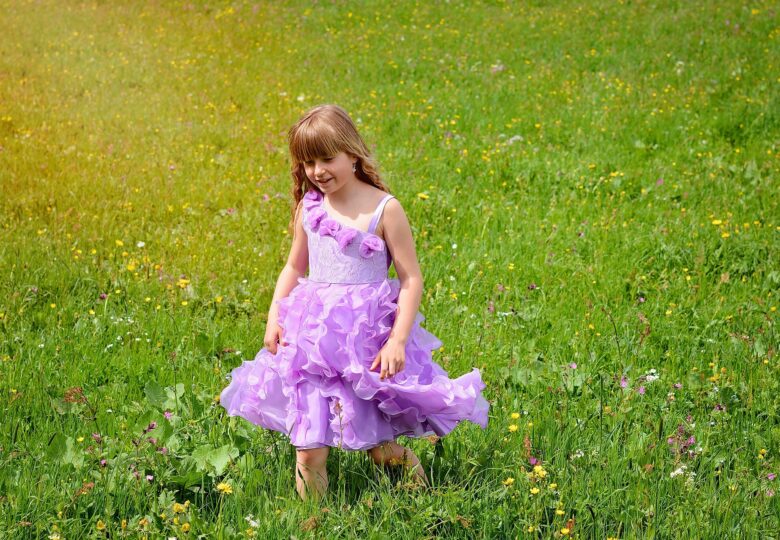
Why do we need to make changes to our verges?
Our planet’s insects are in crisis and we need to do something about it. Human impact on habitats, rising pollution levels and climate change are all contributing to a worrying long-term decline in insects. These insects are a vital part of a healthy, functioning ecosystem providing many essential services – they pollinate crops, they provide food for other animals and they act as decomposers.
At the March 2021 Parish Council meeting we had a very useful discussion about whether it would be possible to change the mowing regime for some areas of verge within the village to help halt the decline in insects. Not every verge is suitable and visibility has to be a major consideration. However, we agreed on specific areas which will now be mown less often to enable plants to complete their life cycle.
So what is the new regime?
The wildflower mowing guidelines were produced by Plantlife, a British Conservation Charity, and have been adopted by many Councils including Wiltshire Council.
Selected verges will be mown twice a year, once in March and again in October when they will be cut for the final time until March of the following year. All cuttings will be removed to keep the soil fertility low. This allows the wildflowers to compete against the more dominant grasses.
We have also selected some verges where just one cut takes place in March. This means that the year’s growth will be left to overwinter providing much-needed overwintering habitat for insects and their eggs.
The changes will be brought in slowly with carefully chosen verges managed in the new way to start with. Each new area will be framed by a mown area which is a great way to keep the verge looking neat and intentional. It also maintains safety and has the added benefit of creating structural diversity which is great for supporting insect life.
Which verges have been chosen?
The verges that have been selected for the new mowing regime will be marked up at the beginning of April to show the mowers which areas to leave out of the next round of mowing.
Look out for signs and blue hearts which will be appearing on each verge that will now be managed for wildlife.
💙💙💙
We will also put up posters to give people more information and we will write to all residents living next to a chosen verge.
So what can you expect to see?
We are looking forward to seeing an increase in the wildlflowers that appear with a new mowing regime. It could be expected to include cowslips, oxeye daisies, scabious, knapweeds, vetches and meadow crane’s-bill. These wildflowers will not appear overnight and the transition to a more diverse verge will take place over more than one season.
Along with the appearance of wildflowers we hope to see an increase in insects including bees, butterflies and beetles.
Will the verges be monitored?
We plan to keep a close eye on the unmown verges and we will be looking out for the appearance of wildflowers and insects. If you see anything interesting we would love to hear about it. You can get in touch via our website or on our Facebook Page.
We will also be keeping an eye out for any problems that may arise. But if you see anything that you are concerned about please get in touch.
Why have we chosen not to plant up the area with wildflower seeds or plants?
In other places you may have seen areas which have been stripped and re-seeded with wildflowers. This is an excellent way to attract pollinators and if done well can look beautiful. However, the wildflower mixes often contain non-native species and may only attract certain pollinators. They also require a lot of work initially and each area must be left alone while the seeds are germinating and establishing. Most of the verges in Aldbourne are used regularly and they are very visible so bare patches that cannot be walked across would not be ideal.
Beautiful wildflower seed mixes are often short-lived too meaning that the verges would only be at their best for a few weeks a year.
We are hopeful that allowing the wildflowers which are already present within the grass to flourish will mean that the verges look better for longer, contain more native species and are much-less labour intensive to manage.
All verges will be monitored and in future years we may consider adding seeds/plants to enhance what is already there.
What is biodiversity and why does it matter?
Bio-diversity is the variety of life on earth in all its forms from bacteria to trees or flowers to dogs and cats. Its rather like a piece of music which only sounds right if there are no missing notes. It matters because each part is dependant on the next one. Here are just two examples: we need bees to fertilise our crops and plants to produce oxygen.
If you have a garden – no matter how small – then our wildlife needs you!
Carbon Neutral Aldbourne has joined the Blue Campaign which aims to halt the dramatic decline in biodiversity across the UK. The campaign promotes rewilding our gardens, road verges and school grounds by setting aside part (or all) of the land and allowing nature to take over. Blue hearts are displayed at each patch to indicate that rewilding is in process.
To find out more check out our Blue Campaign blog.
We have loved seeing blue hearts appearing around the village. So much so that we have decided to take on an ambitious project to try to set up an Aldbourne Nature Reserve. This will be a patchwork of areas across the village providing much-needed food and shelter for wildlife.
If you decide to dedicate some (or all) of your garden to wildlife-friendly gardening we would love to include your patch in our nature reserve. Find out more on our Aldbourne Nature Reserve page.
If you would like to know more about the verges or the Blue Campaign please keep an eye on the Carbon Neutral Aldbourne Facebook Page or contact Eleanor Williamson on 541406
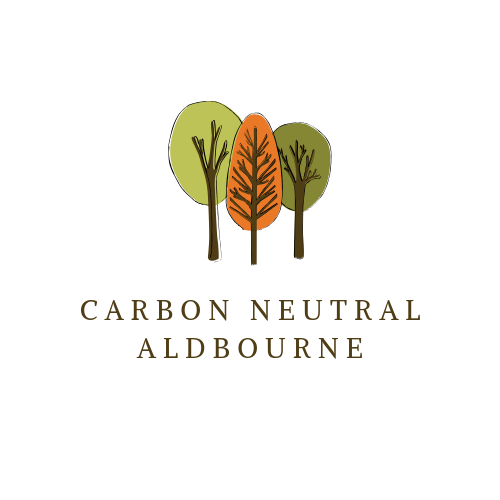
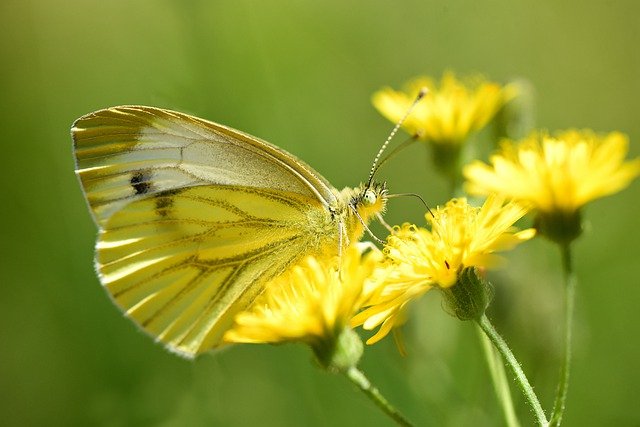
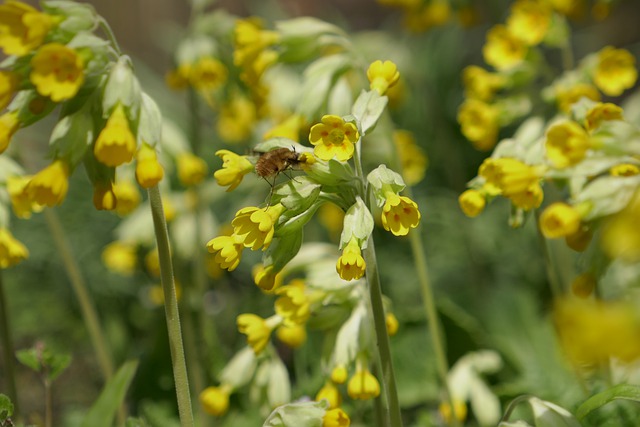
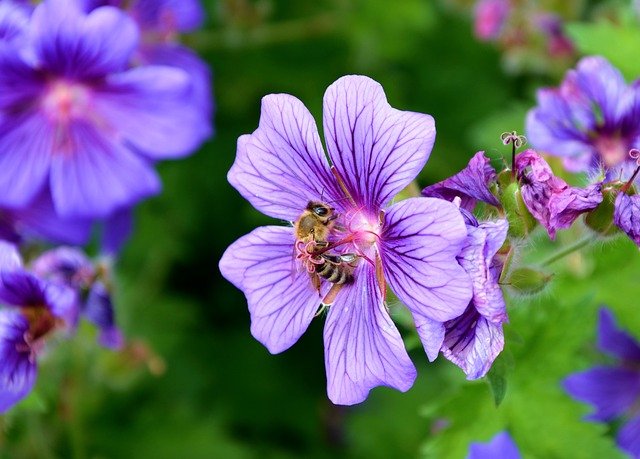
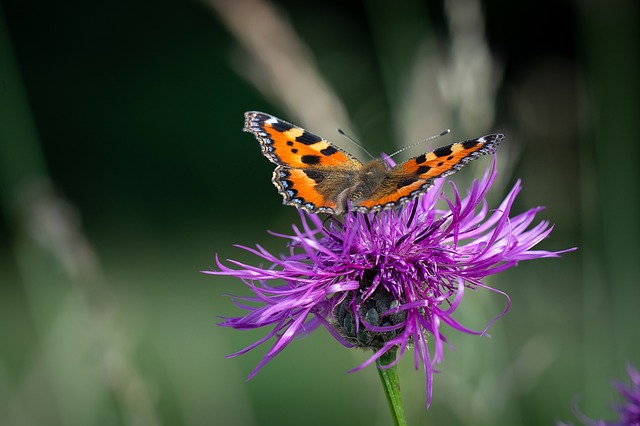
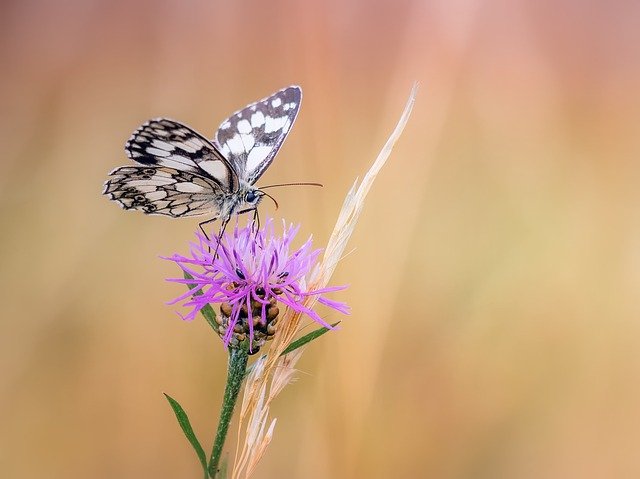
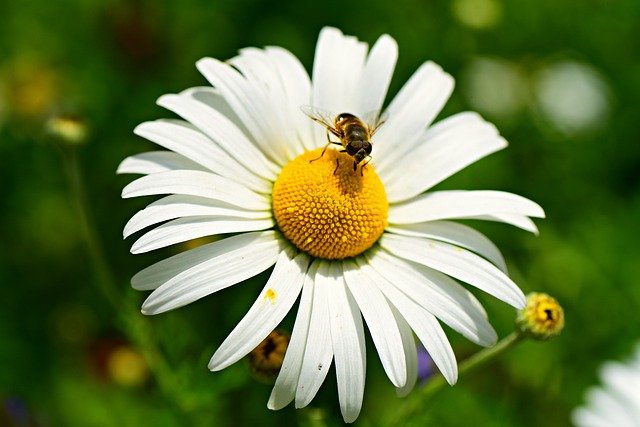
2 Replies to “LET IT BEE: Look out for changes coming to a verge near you 💙”
Hi Eleanor,
I am delighted to read about the wildflower verges for Aldbourne and I’m looking forward to seeing photo’s.
Here in Ramsbury, we have prepared about 5 beds for planting wildflower seeds at the end of this month. We started last year and have extended the beds this year. We were able to enjoy flowering displays for about 4-5 months last summer. A variety of pollinators were spotted enjoying the blooms which was very encouraging.
We have engaged with folks in the village to help us. Someone put in a low wooden box for us, someone else made our wooden meadow signs, neighbours close to the meadows will help water the seeds if we get a dry patch so I’m hopeful of some small measure of success this summer.
Regards
Karen Rees (Ramsbury)
Your plans in Ramsbury sound fantastic. We would love to see some photos at some point. The verges here have started to bloom nicely. Check out our Facebook page for some examples. Good luck with your meadows 😄